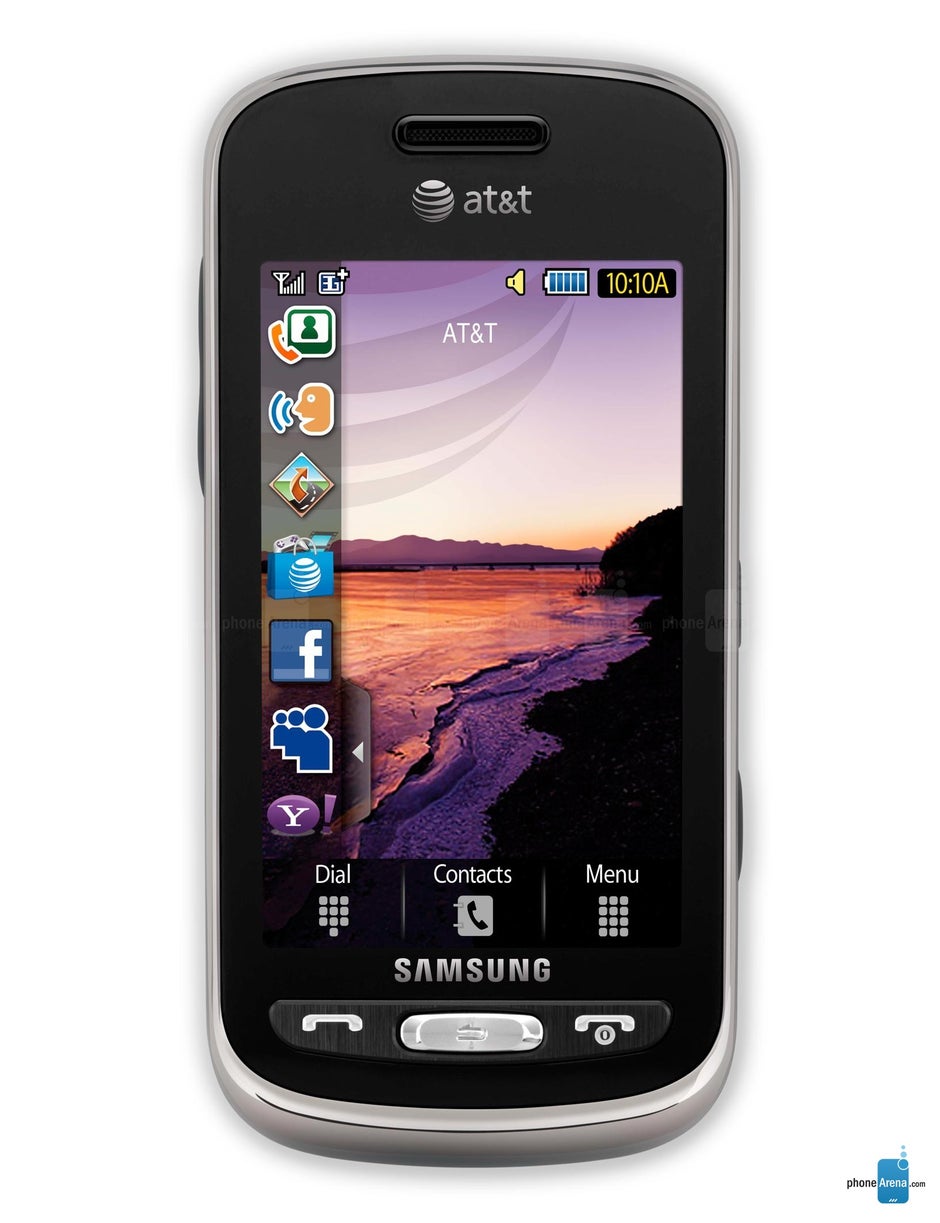There are only a few companies in the world that can claim themselves as multinational conglomerates. Most of these multinational conglomerates are companies based out of the United States of America. However, there are a minority group of companies that have originated from the Republic of South Korea, one being the Samsung Group. Samsung is a multi-faceted company that provides various types of goods and services both in Korea and internationally. The Samsung Group was founded by Lee Byung-Chul in 1938. The Samsung Group was originally founded just as a trading company. However, over the next three decades, the Samsung Group has expanded its domain into important markets such as food processing, textiles, insurance, securities, and retail. More importantly, it’s when Samsung Group entered the electronics industry in the late 1960s and the construction and shipbuilding industries in the mid-1970s that helped the Samsung Group propel into the multinational conglomerate status it holds today. Due to the Samsung Groups’ presence in South Korea’s markets, Samsung has impacted the South Korean economy significantly. In fact, the Samsung Group’s revenue was equal to 17% of South Korea's $1,082 billion GDP.
During the 1990s, the Samsung Group started to garner international recognition as the construction branch of the Samsung Group was awarded the contract to build one of the two Petronas Towers in Malaysia. Additionally, the Samsung Group’s electronics branch began to make its mark as well. In 1992, Samsung Electronics became the world's largest producer of memory chips, beating out the tech giant, Intel. In the present time, Samsung Electronics is the world’s second-largest producer of memory chips, only second to Intel. Also, around 2002, Samsung Electronics had grown drastically to become the world's largest manufacturer of liquid-crystal display panels which are used for screens of laptops, phones, TVs, and etc. However, Samsung Electronics became a household company name when they started to invest and dive into the smartphone industry. In 2000, Samsung Electronics developed the first prototype of their smartphone and launched it with the name of Samsung Solstice. This line of the device would eventually be developed into the device that we all know today: the Samsung Galaxy. Not soon after, In 2012, Samsung Electronics became the world's largest mobile phone maker by unit sales, overtaking Nokia, which had been the market leader since 1998. The Samsung Group has not only been important for the large development of the South Korean economy, but it has had significant impacts on foreign affairs as well. For example, one of the Samsung Group’s clients is the United Arab Emirates government. The United Arab Emirates government hired multiple South Korean firms, one being Samsung, to build nuclear power plants in the United Arab Emirates. The Ontario government is also one of the Samsung Group’s clients. The Ontario government signed off on one of the world's largest renewable energy projects, signing a deal worth $6.6 billion for an additional 2,500 MW of new wind and solar energy. They hired a consortium led by Samsung and the Korea Electric Power Corporation will manage the development of 2,000 MW-worth of new wind farms.


Comments